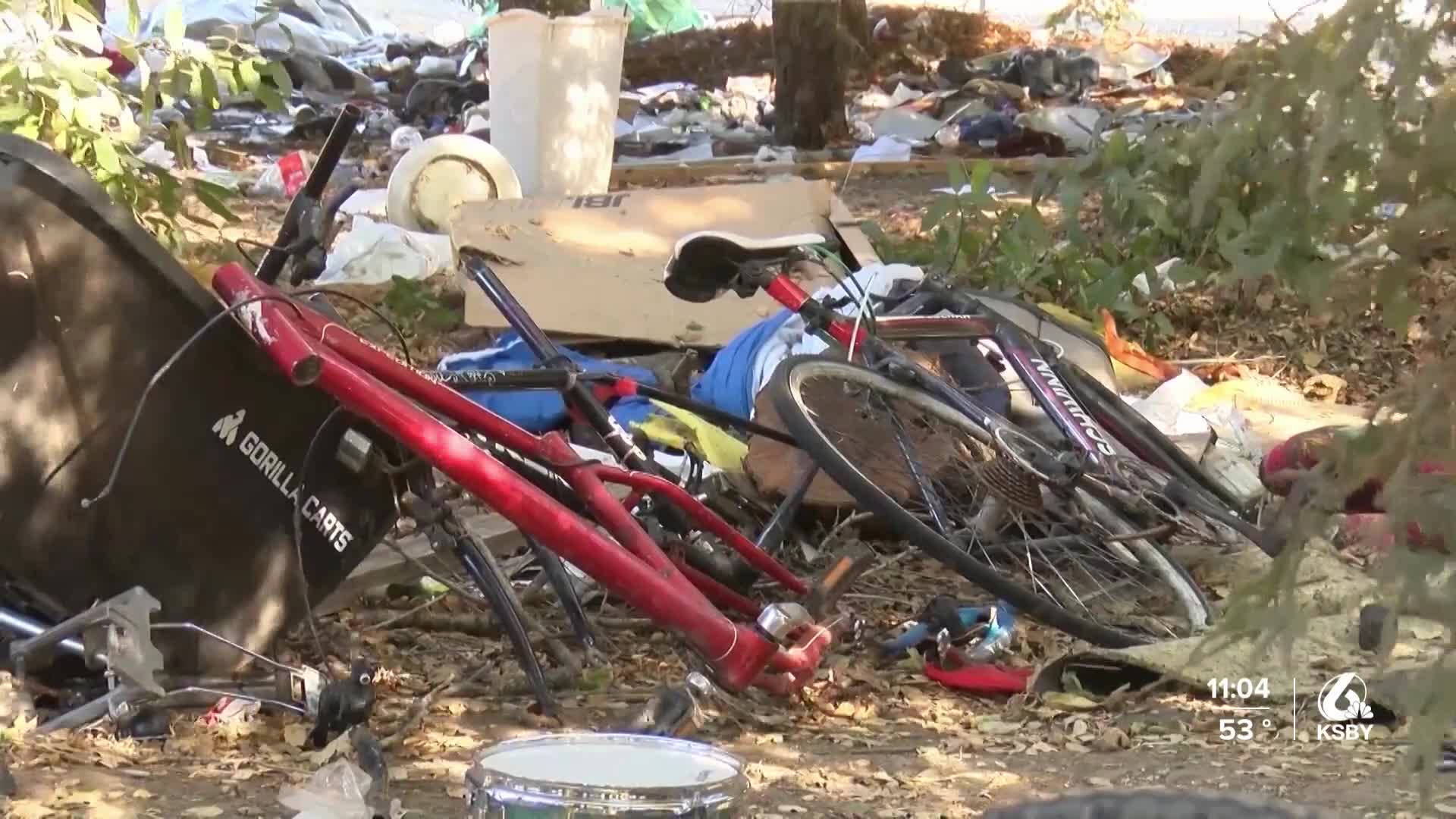A new model ordinance from Gov. Gavin Newsom aims to reduce the number of homeless encampments statewide. Local city leaders tell KSBY that many of the ideas outlined in it have already been in place here on the Central Coast.
The blueprint was unveiled during a press conference on Monday. It contains key provisions, including a prohibition on persistent camping in one location and a prohibition on encampments that block free passage on sidewalks.
It also requires local governments to provide at least 48 hours’ notice, outreach to local service providers, and proper storage of items when addressing encampments.
"Local leaders asked for resources — we delivered the largest state investment in history. They asked for legal clarity — the courts delivered," the governor said. "Now, we’re giving them a model they can put to work immediately, with urgency and with humanity, to resolve encampments and connect people to shelter, housing, and care. The time for inaction is over. There are no more excuses.”
Local city leaders, residents respond
"I really appreciate that the governor is trying to figure out how we help clean up different spaces in our community," said San Luis Obispo Mayor Erica A. Stewart. "So, it's more sanitary and healthy, and the wildlife and nature are taken care of, and people are taken care of, and at the same time, much of what he has put into his encampment ordinance is what we're actually doing already."
Other officials, from Santa Maria and Atascadero, shared the same message over email, since they were not available for an on-camera interview.
One of the main concerns local leaders and community members shared was the lack of funding for homeless resources.
"If we are going to criminalize homelessness, we absolutely do need resources to make sure they are getting the services they need," said Cynthia Salinas, who is visiting San Luis Obispo. "You can't really fix a problem and just create more problems."
"I think having more resources or places for homeless people to stay, like shelters, would be good," said Lotte Dejager, a San Luis Obispo resident.
The ordinance comes with $3.3 billion in funding to support housing and treatment services, but it's being spread across the entire state.
"Right now one of the things that's hard to do is you have someone who's a social worker who doesn't make much money to begin with, and then on top of it to say we only have funding for you for a year, why would you want to do that job?" said Stewart. "How can we know for sure that this is the funding that we can depend on?"
She adds that offering resources is important.
"We've been working really hard and helping people who are unhoused find other housing, find wrap-around services," said Stewart.





